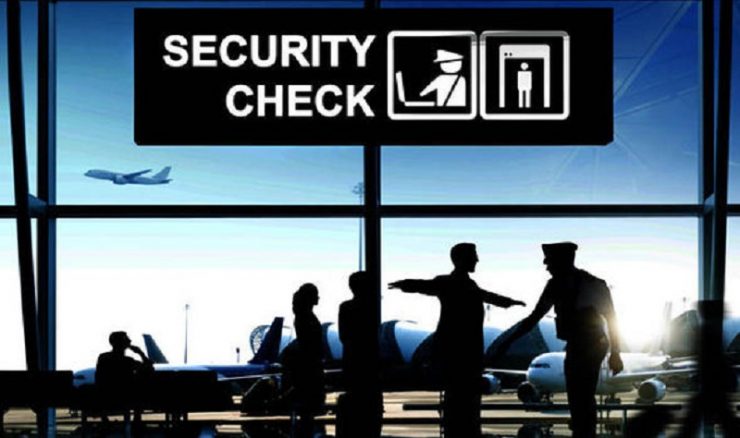EVERY TIME you carry out a security check at the airport, passengers will be faced with multiple checks. This inspection is a form of security that must be carried out to protect passengers from all possible dangerous things. One thing to do is check with a metal detector. At the airport, security using metal detectors is implemented in layers.
In fact, checks before entering the plane are carried out in layers, starting from completeness of documents to security. What takes a little longer is usually the metal detector because it is usually done two or three times for the safety and comfort of all passengers during the flight.
This examination is not without reason. Ensuring the safety of passengers in the air is not easy. For this reason, the Indonesian government itself has guaranteed it in written regulations. There are two rules that form the basis of standard procedures for securing aircraft passengers’ luggage before it is scanned through a metal detector.
The first is based on Regulation of the Director General of Civil Aviation Number SKEP/2765/XII/2010 concerning Procedures for Security Checks of Passengers, Aircraft Personnel and Luggage Transported by Aircraft and Individuals, and the second is Circular Letter Number 6 of 2016 concerning Procedures Inspection of Baggage and Carry-on Items in the Form of Electronic Devices Transported by Airplane.
According to Article 23 of the Regulation of the Director General of Civil Aviation concerning Procedures for Security Checks of Passengers, Aircraft Personnel, and Luggage Carried by Airplanes and Individuals, regulates several items that must be removed, removed, or shown to officers. The items shown include laptops or laptops, cell phones and other electronic devices. Meanwhile, a number of items must be removed from the bag before passing through the metal detector device or door.
Some items that are suspect or make officers doubtful about electronic equipment will be asked to be tested on the spot. However, there is no need to worry, if your item is asked to be tested at the location, usually it is enough to be instructed to turn on and operate the electronic item as usual under the supervision of officers. Apart from electronic objects, liquid and gel objects are also scanned with an x-ray machine.
However, regulations such as those applied in Indonesia are not necessarily also applied in other countries. Reporting from CNA Lifestyle since 2015, a number of airports in several countries have replaced old scanning systems with sophisticated X-ray computerized tomography (CT) machines.
This CT scanner produces a three-dimensional view, allowing security officers to rotate the image and examine the contents of a handbag from various angles. With this, officers at the airport can carry out checks on more people in a shorter time span. The technology also aims to make queues move faster, helping airports avoid delays and passengers experience a less stressful journey.
Although implementation varies by airport, scanners generally aim to make our lives easier. Several airports around the world have implemented shortened inspections so that electronic objects and liquid objects can be checked without being shown on site.
Here’s the list: (1). Incheon International Airport (South Korea), (2). Hong Kong International Airport (China), (3). Jeju International Airport (South Korea), (4). Hamad International Airport, Doha (United Arab Emirates), (5). Melbourne Airport (Australia), (6). Perth Airport (Australia), (7). Canberra Airport (Australia), (8). Auckland Airport (New Zealand), (9). Christchurch Airport (New Zealand), (10). Wellington Airport (New Zealand), (11). London Heathrow Airport (England), (12). Amsterdam Schiphol Airport (Netherland), (130. Munich International Airport (Germany), (14). Berlin Airport (Germany), (15). Leonardo Da Vinci Fiumicino Airport (Italy), (16). Milano Malpensa Airport, Milan (Italy). [sources/photo special]
















